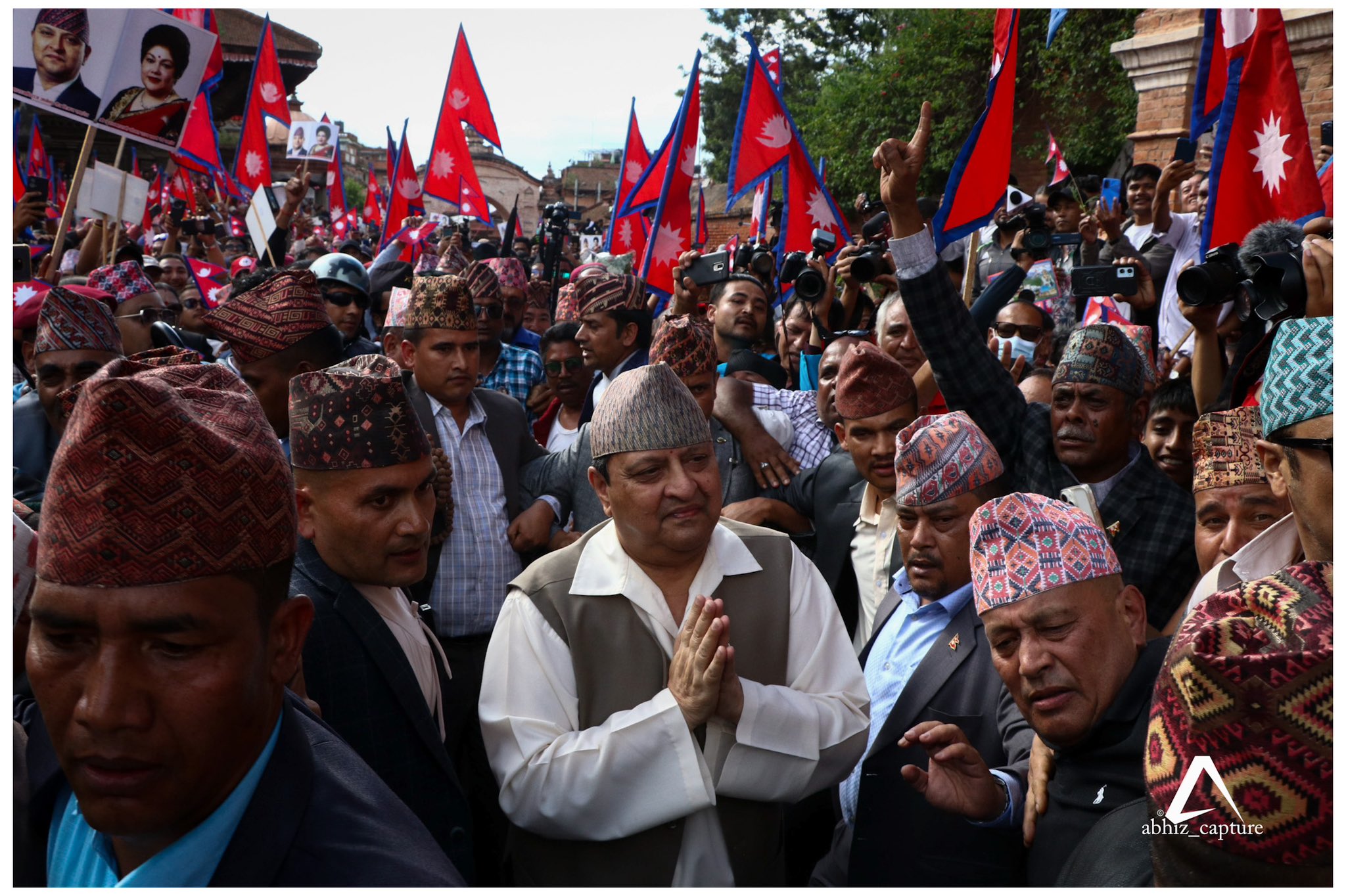The return of former King Gyanendra Shah from his tour of western Nepal has reignited a debate that refuses to fade: Is Nepal on the path to reinstating its monarchy and reclaiming its Hindu identity? The massive reception he received in Kathmandu, with thousands chanting for his return to the throne, has sent shockwaves through Nepal’s ruling coalition. But beyond the spectacle, this movement signals deeper frustrations within the country, exposing the failures of the republic and the growing influence of Hindu nationalism. For centuries, Nepal was the world’s only Hindu kingdom, a unique status that ended in 2008 when a leftist-controlled parliament formally abolished the monarchy. The transition to a secular democratic republic was hailed as progress, yet nearly two decades later, disillusionment runs deep. Thirteen unstable governments, a struggling economy, rampant corruption, and political infighting have left many Nepalis questioning whether the promise of democracy has been fulfilled.
The scenes in Kathmandu underscore this dissatisfaction. Thousands of Nepalis flooded the streets near Tribhuvan International Airport, blocking entrances, chanting slogans, and demanding that Gyanendra be reinstated. The growing nostalgia for monarchy is fuelled by a belief that Nepal’s Hindu identity is eroding under foreign influence. Even more intriguing, posters of Uttar Pradesh Chief Minister Yogi Adityanath—a vocal advocate of Hindu nationalism in India—were seen among the crowds, signalling cross-border ideological currents at play. The government’s response has been cautious but telling. Hundreds of riot police were deployed to contain the protests, though no violence was reported. The ruling parties, a coalition of leftist and centrist forces, are clearly rattled. The monarchy was removed in the aftermath of massive street protests in 2006 when Gyanendra’s attempt at authoritarian rule backfired. Yet today, many who once opposed him have changed their stance.

One such person is Kulraj Shrestha, a 50-year-old carpenter who participated in the 2006 protests but now regrets his decision. “The worst thing that has happened to Nepal is corruption. Politicians are looting the country, and no one is working for the people. Back then, I thought democracy would make things better, but I was wrong,” he says. His sentiment reflects a broader shift—Nepalis yearning for stability, leadership, and national pride. While Gyanendra himself has remained silent on these calls for his return, the parallels to India’s Hindu nationalist movement are hard to ignore. The recent Maha Kumbh Mela in India, where millions of devotees gathered, showcased a Hindu revivalism that resonates beyond its borders. Nepal, which once shared a deep religious alignment with India, appears to be revisiting its historical identity. Reports even suggest that at least one past Nepali administration entertained the idea of merging with India, provided it became a Hindu Rashtra. Despite the groundswell of support, the immediate return of the monarchy remains unlikely. Gyanendra’s past authoritarian overreach remains a blemish, and Nepal’s political elite is deeply entrenched in the current system. However, the surging demand for a Hindu Nepal—coupled with the erosion of trust in the republic—could shape the country’s future in unpredictable ways. The question is no longer whether Nepal is yearning for its past, but rather, how far it is willing to go to reclaim it.







